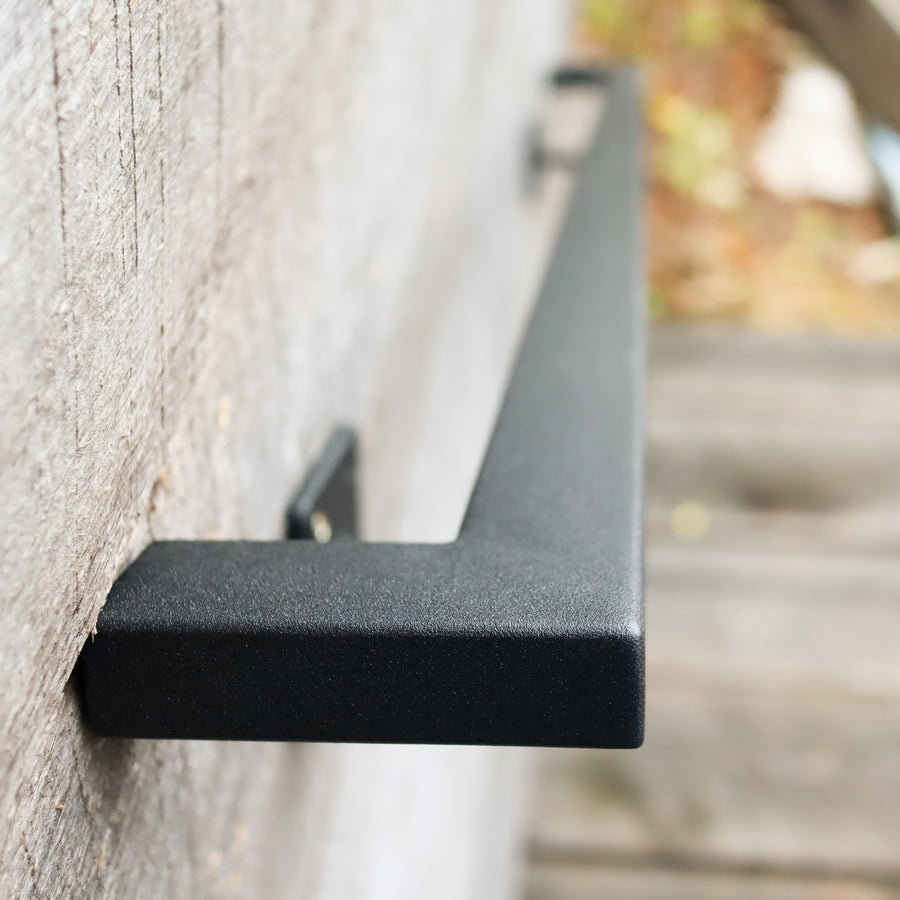In the shifting landscape of modern architecture, where the boundaries of form and function blend into a singular aesthetic statement, the humble handrail has emerged as an unexpected protagonist. No longer just a safety feature, metal handrails in contemporary design manifest as both sculpture and structural necessity, embodying the marriage of utility and beauty.
The Rise of Metal in Modern Design
As we traverse the airy spaces of newly designed public buildings and private homes, the gleam of metal catches the eye, guiding it along the fluid lines that define contemporary spaces. This trend, while functional at its core, has evolved beyond mere necessity into a defining element of modern architectural identity. Architects and designers, known for their relentless pursuit of innovation, have turned their attention to this oft-overlooked detail, transforming it into a key component of design narratives.
Metal, with its inherent strength and versatility, has proven to be an invaluable material in this artistic alchemy. It bends to the will of designers who push the boundaries of what a handrail can be—a curving, sleek rail in a high-rise glass building, or a series of geometric shapes that play with light and shadow in a minimalist gallery space.
The Aesthetic Flexibility of Metal Handrails
The flexibility of metal handrails is not merely physical but visual and conceptual. Each installation tells a different story. In a residential project overlooking the rugged coast of Maine, a sleek, stainless steel handrail reflects the austere beauty of the ocean, mirroring both the strength and the fluidity of the water that crashes below. Meanwhile, in a bustling urban art museum, intricately patterned iron handrails serve not only as support for visitors but as an extension of the art collections housed within.
The ability to customize metal to any shape and finish allows architects to infuse spaces with a specific mood or character. Whether it’s the rustic charm of wrought iron or the polished sophistication of chrome, metal handrails can complement or contrast the materials and textures surrounding them, from exposed concrete walls to delicate glass panels.
A Canvas for Innovation
One notable example of this innovation is seen in the work of the fictional architect, Laura Chen, who recently completed a civic center in San Francisco. Here, the handrails are not merely installed but intricately woven into the architecture. They rise from the floor in fluid arcs, creating a sense of movement and rhythm that guides visitors through the space. Chen’s work demonstrates how handrails can transcend their conventional role, becoming a dynamic element that interacts with the building’s overall composition.
“In our latest project, we envisioned the handrail as a narrative thread,” explains Chen. “It guides, supports, and tells the story of the building’s genesis, from the ground floor up to the light-filled atrium. We chose a matte black finish to contrast with the white marble floors, creating a visual dialogue between the elements.”
The Handrail as a Focal Point
In the realm of modern architecture, every element has the potential to be a focal point, and the handrail is no exception. It offers a tactile experience, a point of physical contact with the building itself. This interaction imbues the handrail with a significance that goes beyond aesthetics, making it a vital part of the architectural experience.
The consideration of handrails as focal points challenges us to rethink traditional architectural hierarchies, where grand facades and sprawling spaces often dominate. Here, in the deliberate contours of metal handrails, small details command attention, compelling us to notice the subtle interplay of form and function.
Conclusion
As we continue to explore the limits of what architecture can be, the evolution of the handrail from a simple safety feature to a key design element represents a broader shift towards holistic design. In this context, every component of a building, no matter how small or seemingly mundane, is an opportunity for innovation and expression. Metal handrails, in their myriad forms and finishes, exemplify how the details can not only support but also elevate the architectural narrative, turning every pathway into a journey worth taking.
